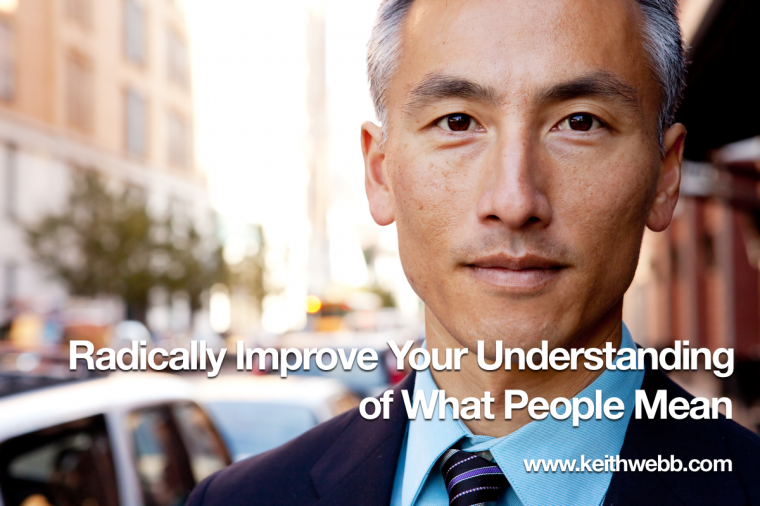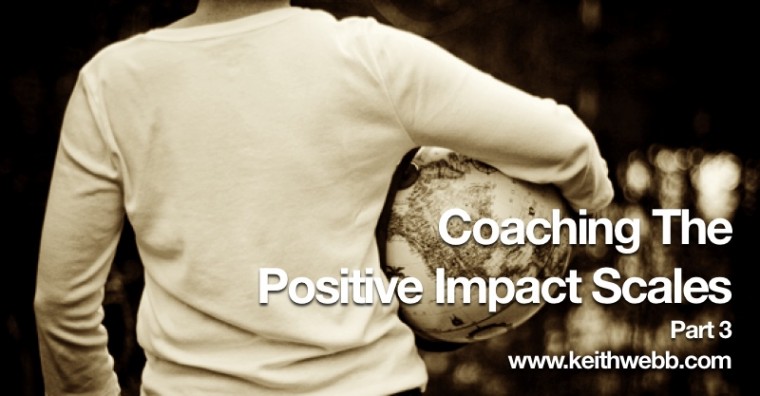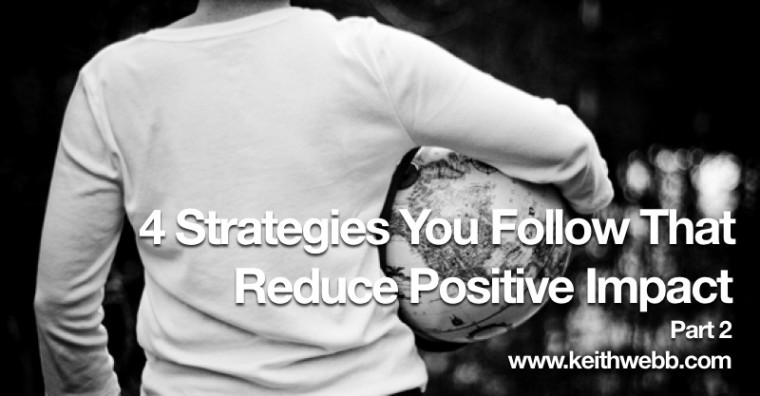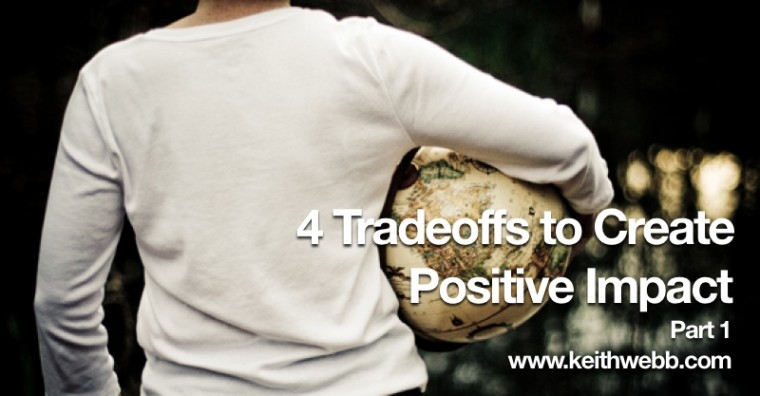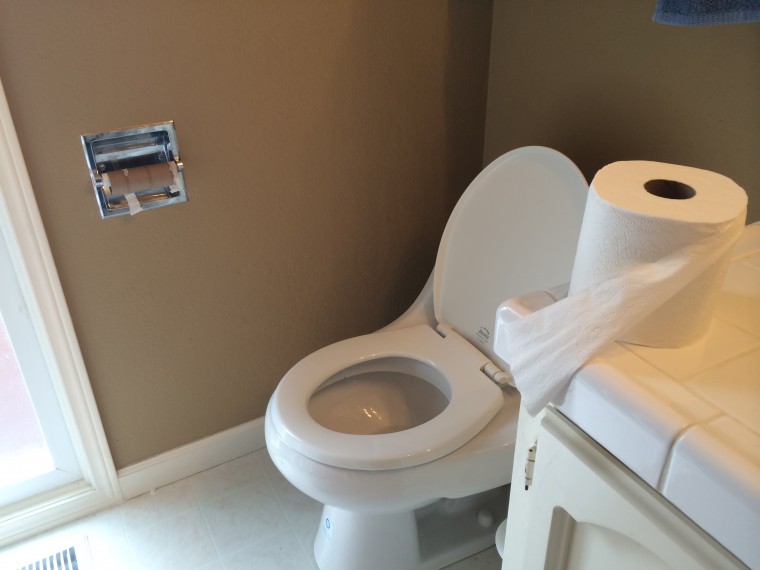You can be a great coach, but be less effective because your conversations are too long or too short or not frequent enough. This applies to anyone helping people grow: coaches, managers, parents, and ministers. What length, frequency, and delivery methods produce the most effective coaching conversations? Several studies point us to answers.
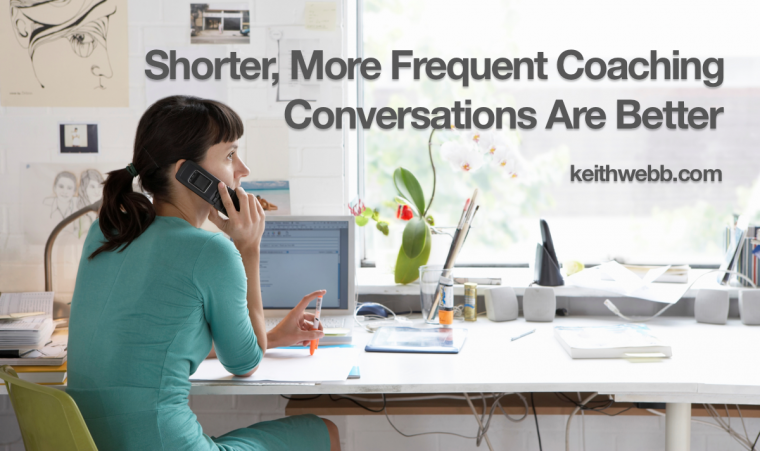
A study by Coaching Research Institute LLP polled clients about the behaviors and structures their professional coaches used and the resulting effects on clients. Significantly, those surveyed were clients not coaches, as in most coaching studies. Ninety-three professional coaches from

